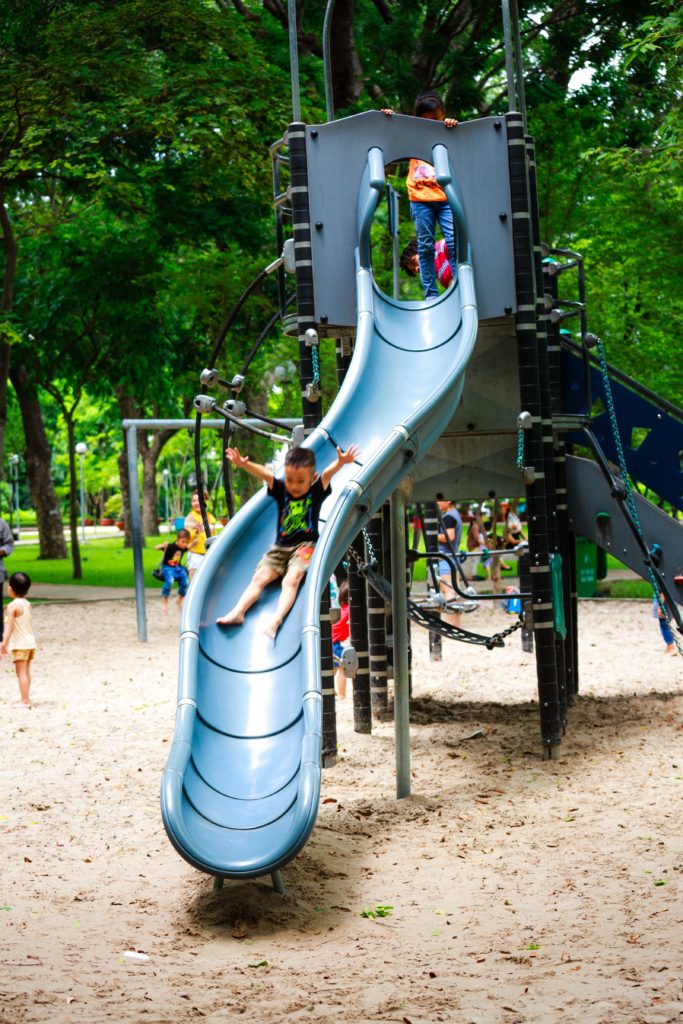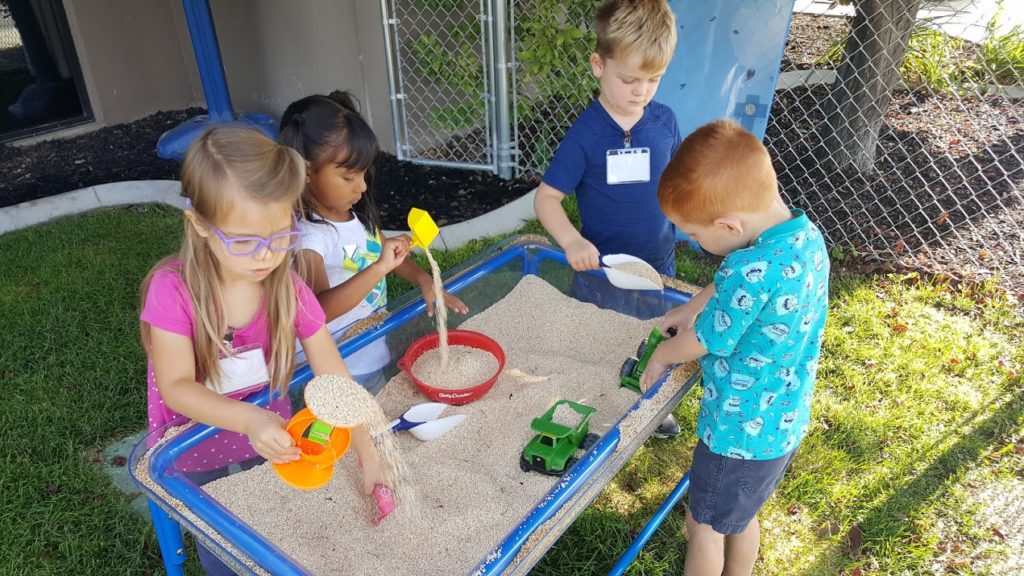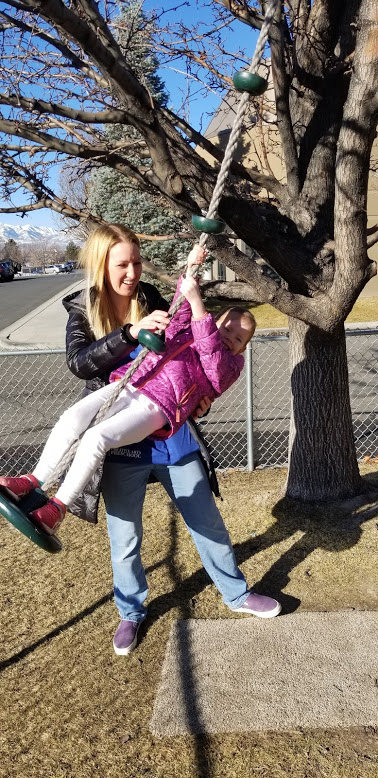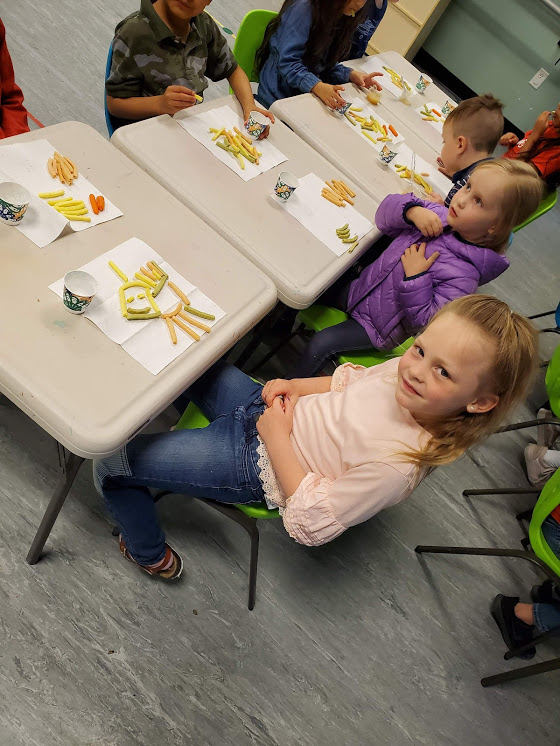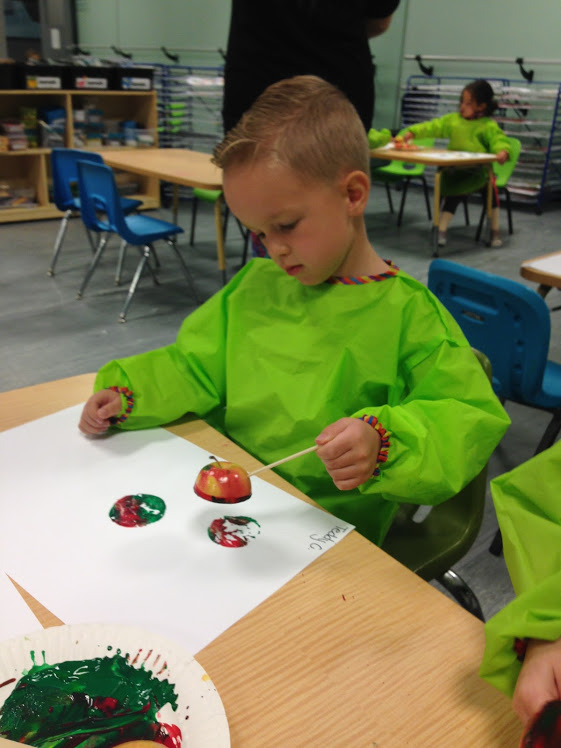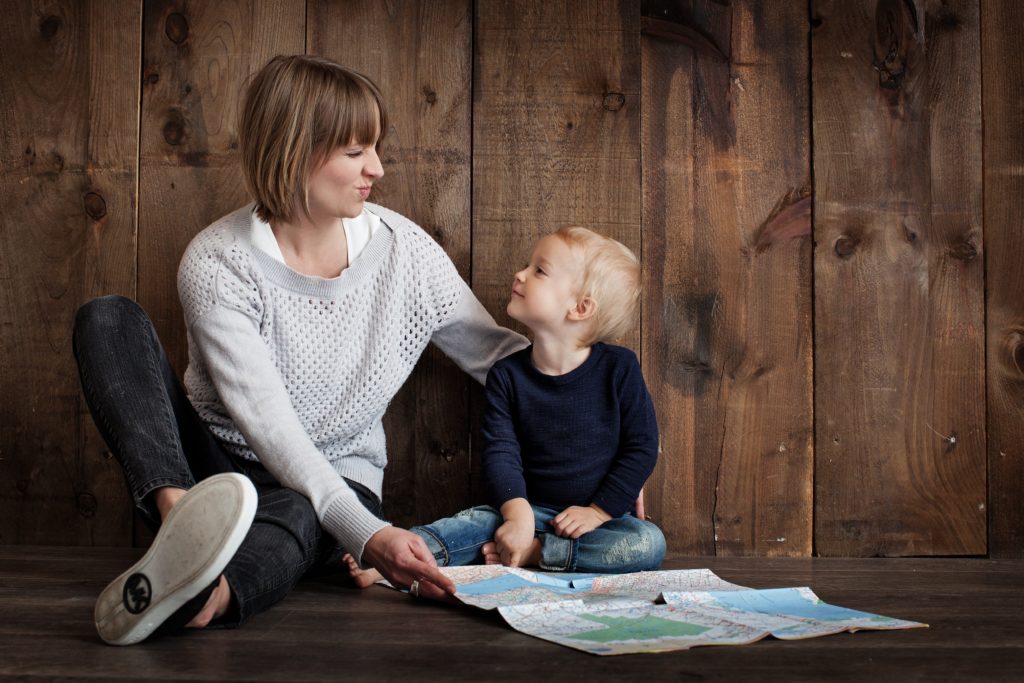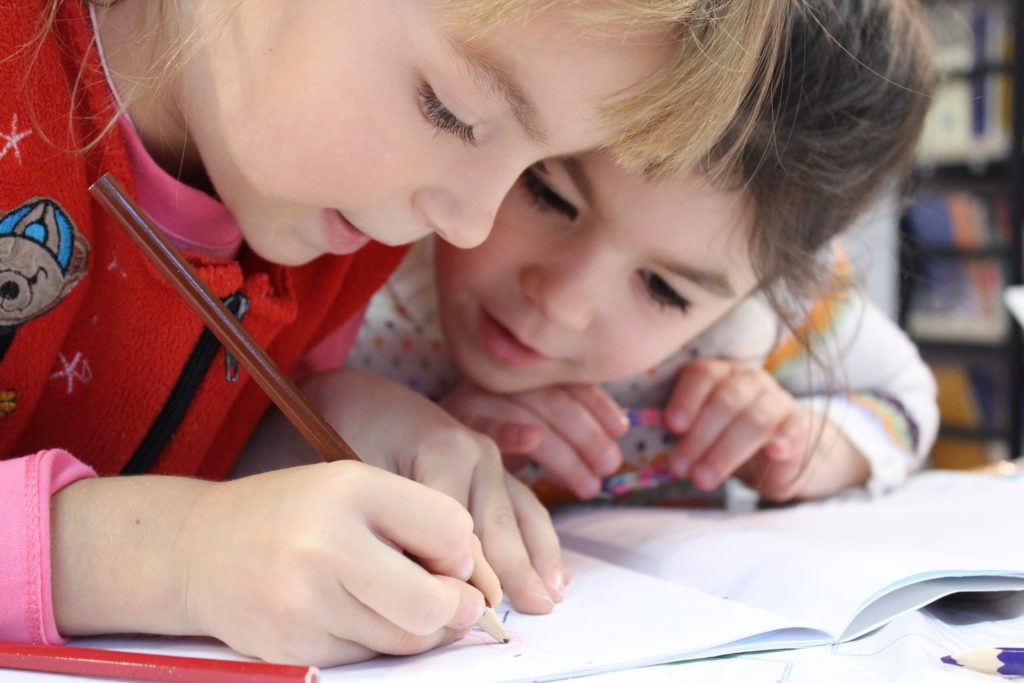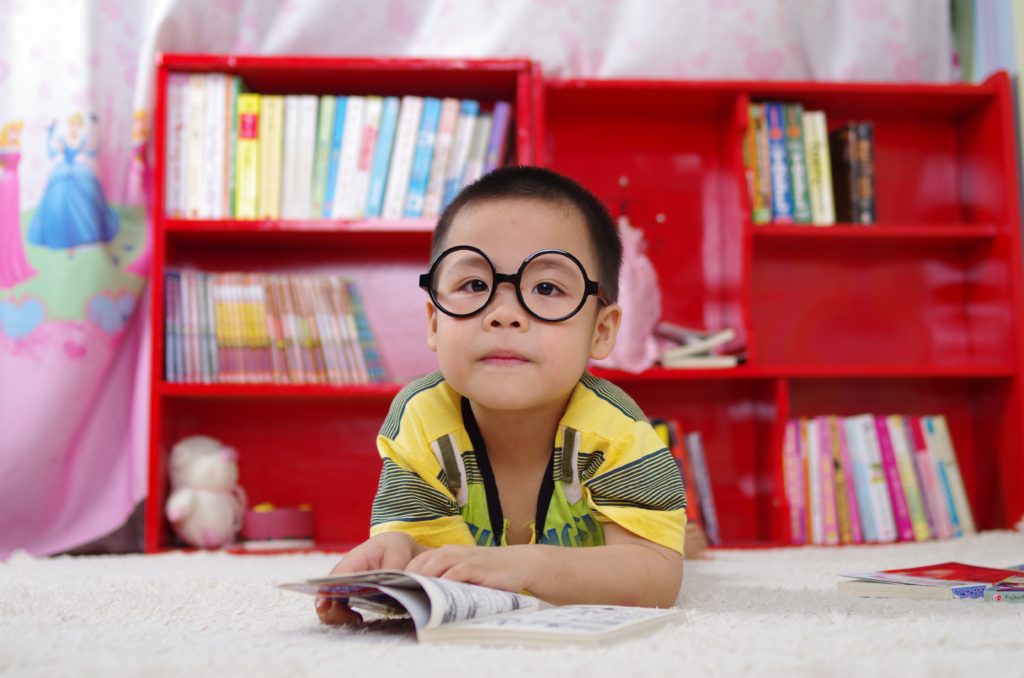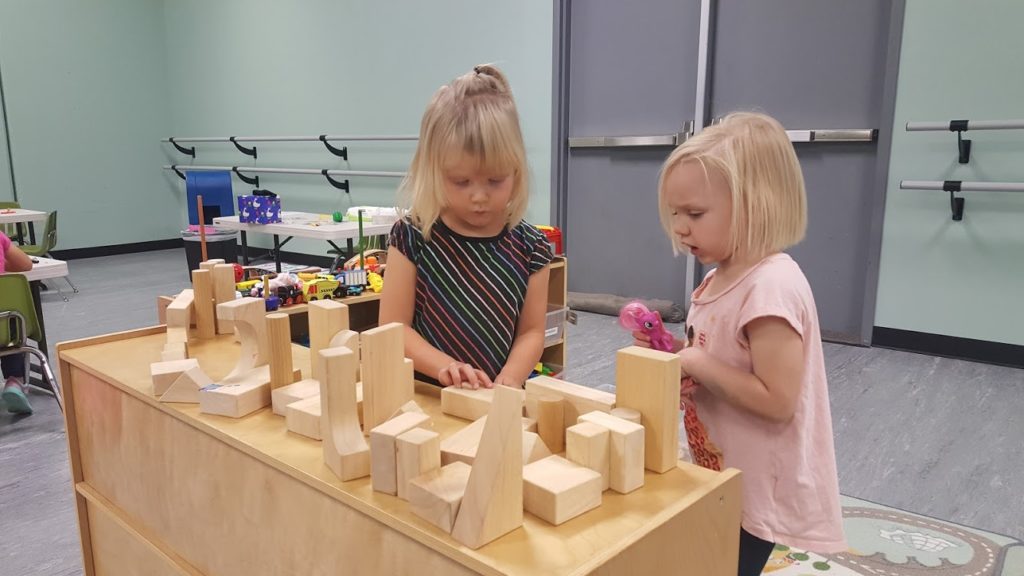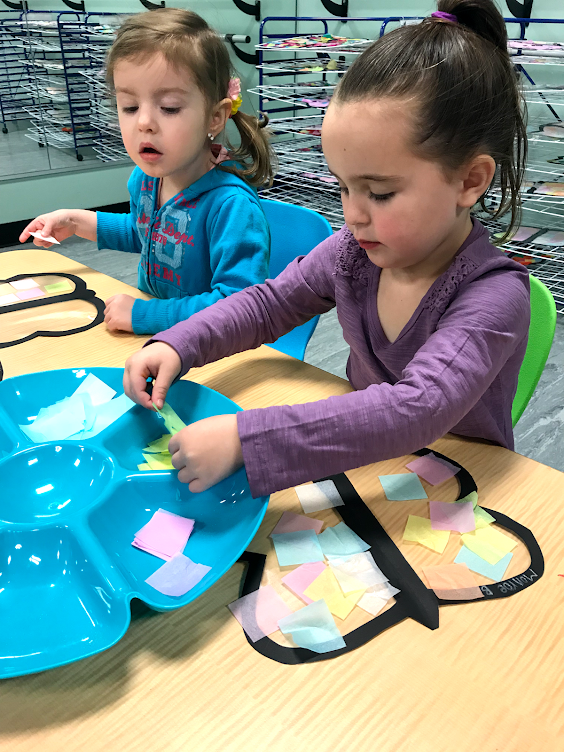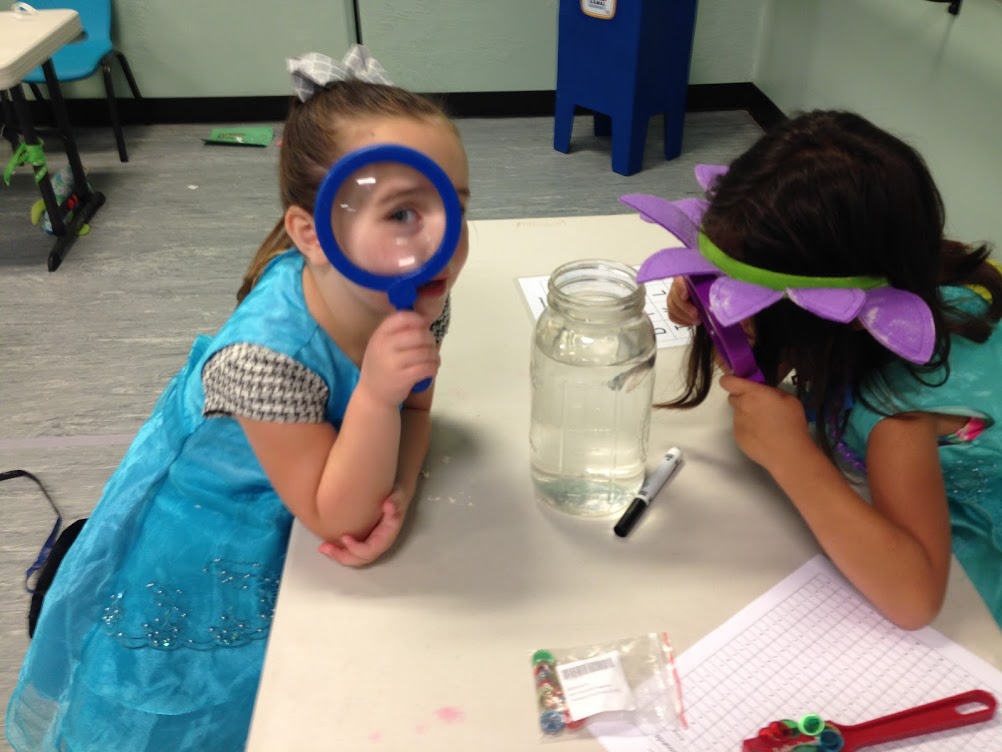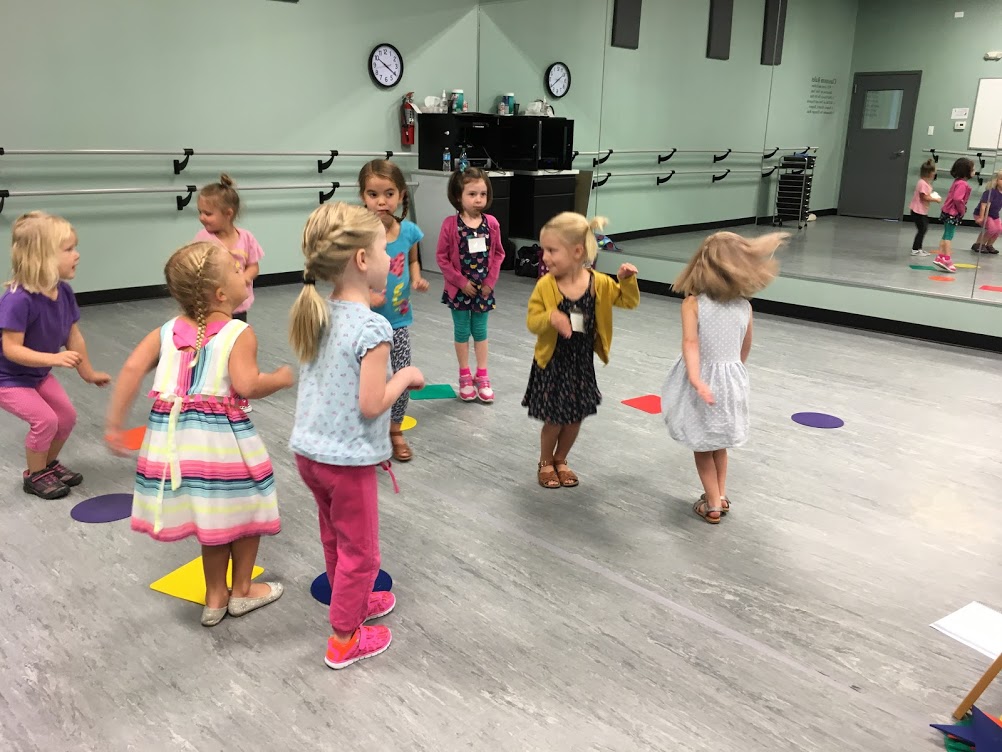You know your child enjoys the playground, and you feel great about the exercise it provides. But when you take your child to the playground, you’re also giving her many, many more benefits that extend further than you might expect.
Play Benefits Children
Before we even get into the specific benefits of playground play, remember that play, in and of itself, is actually a critical component of a child’s development. It’s not just a nice thing to do. Play is how children learn. It also helps them develop confidence, dexterity, strength, imagination, math skills, and so much more.
{Why Your Child Needs Play-Based Learning}
Full-Body Exercise
Playgrounds give your child the chance to get their full body into their play, which means they get to exercise their body from head to toe. Monkey bars increase upper body strength, climbing the ladder to the slide strengthens the legs, swings give a chance for grip to be strengthened while legs get stronger, and more.
Unstructured Play Allows for Growth
At the playground, your child can jump, run, and skip from activity to activity as his mood pleases. Unstructured play puts your child in control, lets him discover what he loves, and encourages him to try new things. Interacting with other children is often simpler in an unstructured environment where children can move from trying one thing to another with ease.
Learn Social Rules
It doesn’t take long for kids to learn to wait their turn for the slide. Older kids even develop sophisticated rules for how long a person can stay on a piece of equipment before letting another child try. (Forming a line and counting to 100, etc.) Children have to learn how to cooperate.
On the playground, children are also more free to interact with children of different races, ages, and economic status. There isn’t any ranking on the playground, which is just how it should be.
Therapeutic Benefits
Sand and water features are known to help reduce anxiety, provide a way for positive self-expression, and to provide a way to calm down. When these elements are present in a playground, your child has the chance to unknowingly gain therapeutic and emotional benefits.
Resilience
Children learn resilience as they try different playground equipment. Maybe they can’t get very far on the monkey bars at first, but as they watch other children swing along, they’ll try to go farther. Maybe climbing the slide ladder seems scary, but they’ll give it a try for the fun payoff of sliding down.
Because the equipment is fun, and because other children are also navigating it, your child will have the chance — and the motivation — to try, try, and try again.
How a Swing Can Help in Whole Child Development
At UDA Creative Arts Preschool, we make intentional choices about the equipment we put in our outdoor play area. Everything we have chosen is there with a learning objective in mind — to help your child develop and grow mentally, physically, and emotionally.
For example, we chose our swing specifically because it is difficult to climb onto and hard to balance on. This helps the children to develop upper body strength.
And we don’t just let the tricky swing dangle out of reach, frustrating the children. We actually coach the children on how to use their arm muscles to pull their weight onto the swing. This helps them listen, follow directions, and receive a big, fun payoff.
The swing is also tipsy, which helps children develop their core strength and balance as they conquer it.
It’s a difficult piece of equipment for most children in the beginning, but every child eventually masters it, overcoming fear, frustration, and doubt.
They also count to take turns to use it, and cooperate by pushing each other (Bonus: They’re learning Newton’s laws of motion along the way!)
So the next time you head to the playground, pat yourself on the back. You’re giving your child a mental, emotional, and physical boost. Well done, moms and dads!
To learn more about UDA Creative Arts Preschool in Draper, Utah, contact us online or give us a call at (801) 523-5930

